Grape ripening accelerates under warmer and drier conditions, resulting in the accumulation of sugars (‘technological’ maturity) being decoupled from phenolic and aromatic composition. This study investigated the effect of different rates of ripening on the composition of Cabernet Sauvignon and Riesling wines. By mapping grape and wine metabolites and exploring their relationship, the outcomes of this study demonstrate the importance of ripening rates in determining wine quality.

Practical alternative for iron removal in organic white wines
This post presents an effective and practical alternative for iron removal in aqueous solutions and organic white wines based on continuous filtration via mechanically prepared filters composed of vegetable fibres from Scirpus californicus (Totora) and Gunnera tinctoria (Nalca) and fibrillated cellulose (CF) extracted from Eucalyptus globulus (Eucalipto). The study results indicate the potential of these natural fibres in the demetallization of organic wines.
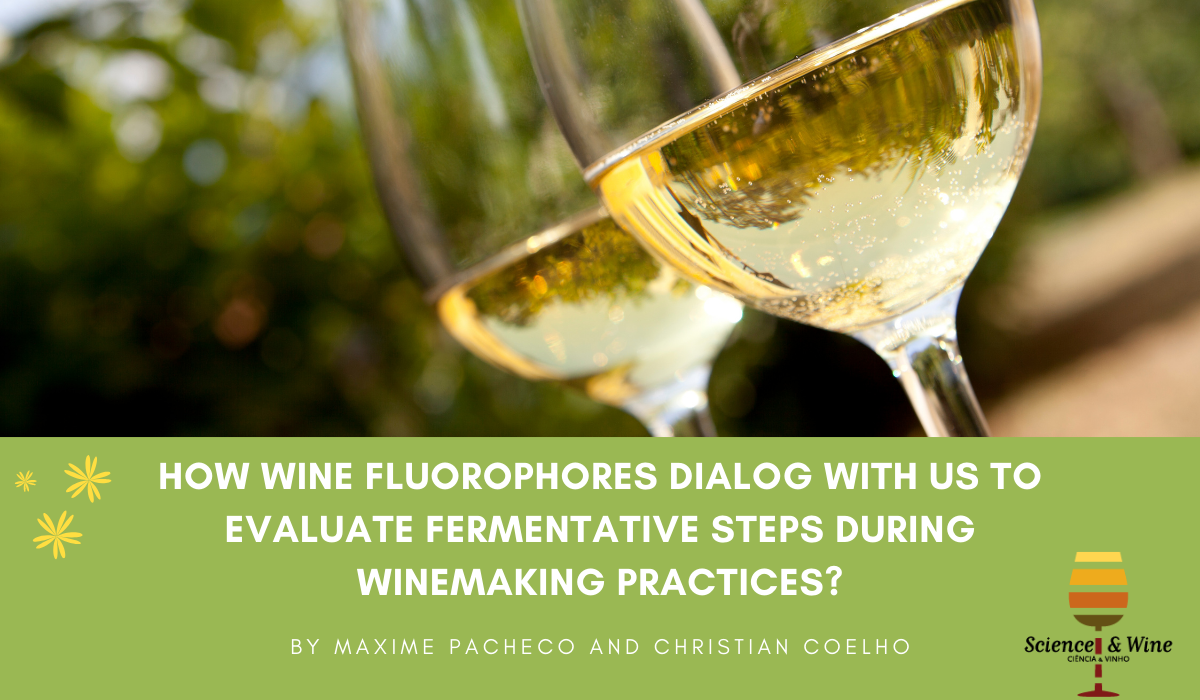
How wine fluorophores dialog with us to evaluate fermentative steps during winemaking practices?
In this study, stationary and time-resolved fluorescence signatures, were statistically and chemometrically analyzed among three typologies of Chardonnay wines with the objectives to evaluate their sensitivity to acidic and polyphenolic changes. The combination of multispectral fluorescence parameters opens a novel routinely implementable methodology to diagnose fermentative processes.
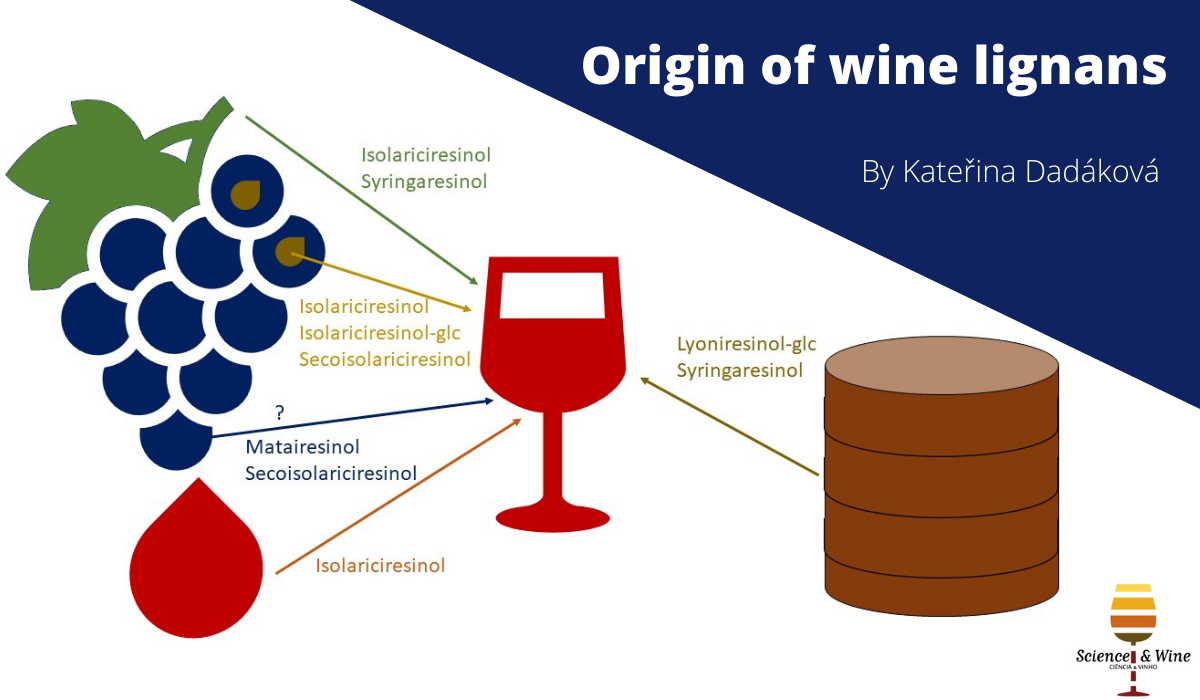
Origin of wine lignans
Plant lignans possess several properties beneficial for human health and therefore, increasing their contents in foods and beverages is desirable. One of the lignan sources in human diet is wine. To elucidate the origin of lignans contained in wine, LC-MS was used to analyze resinol-related lignans in must, seeds, stems, and wine prepared using stainless steel tanks, oak barrels, and Qvevri (clay vessel). White wines aged in stainless steel tanks contained significantly lower amounts of lignan aglycones (20-60 µg/L) than red and Qvevri wines (300-500 µg/L). Generally, white wines aged in stainless steel tanks contained only low amounts of isolariciresinol and matairesinol. Qvevri wines and red wine aged in stainless steel tank contained up to five lignan compounds and in wine aged in oak barrel, six different lignans were identified. Consistently, only low concentration of isolariciresinol has been found in must, whereas more lignan compounds have been found in grape seeds (isolariciresinol, secoisolariciresinol, and pinoresinol) and stems (isolariciresinol and syringaresinol). Consequently, we conclude that lignan content in wine can be increased by maturation in contact with grape berries, seeds, or stems or with wood.

Correlating wine astringency with physical measures – current knowledge and future directions
Oral tribology receives growing attention in the field of food sciences as it offers great opportunities to establish correlations between physical parameters, such as the coefficient of friction, and sensory effects when interacting with components of the human mouth. One important aspect covers the astringency produced by wine, which can be described as the sensation of dryness and puckering in the mouth, specifically occurring between the tongue and the palate after swallowing. Therefore, this post reports the resulst of a study which aims at shedding some light on recent trends to correlate physical measures, such as the coefficient of friction derived by oral tribology, with prevailing theories on underlying physiological causes for sensory perception of wines. Some successful cases reported the potential of correlating wine astringency perception with the coefficient of friction in tribological experiments. Our critical assessment demonstrates that the findings are still contradictory, which urgently asks for more systematic studies. Therefore, the authors summarize the current challenges and hypothesize on future research directions with a particular emphasis on the comparability, reproducibility and transferability of studies using different experimental test-rigs and procedures.
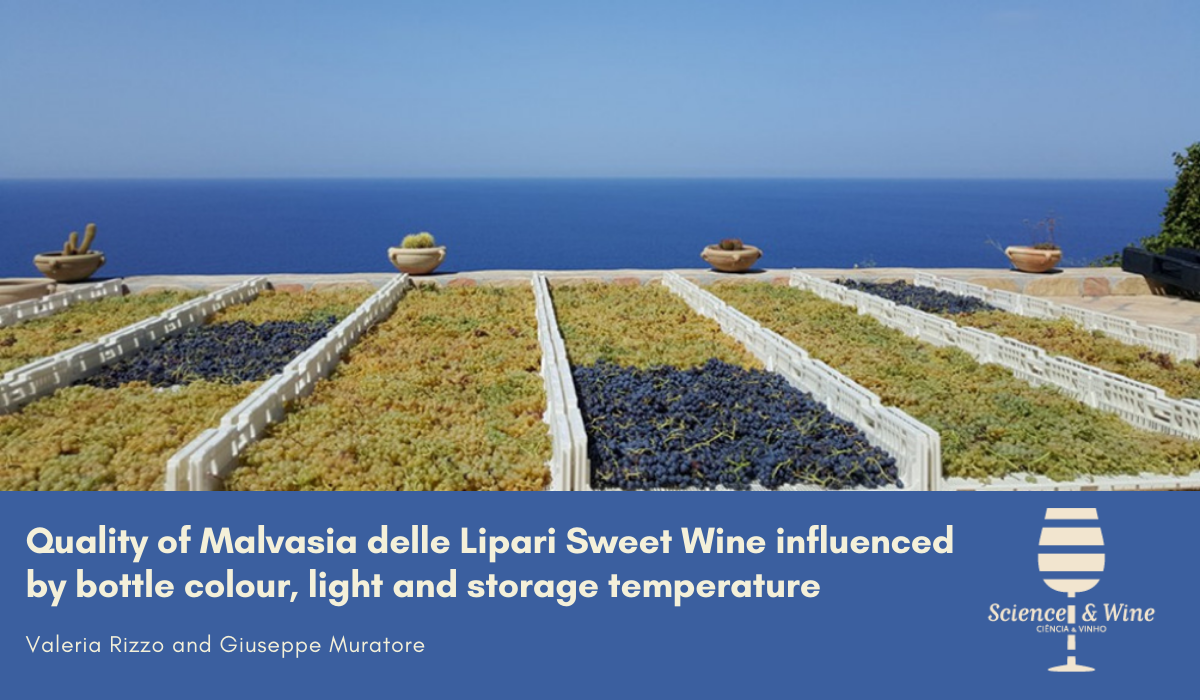
Quality of Malvasia delle Lipari Sweet Wine influenced by bottle colour, light and storage temperature
The influence of light exposure, bottle color and storage temperature on the quality parameters of Malvasia delle Lipari (MdL) sweet wine were investigated. Wine samples bottled in clear-colored (colorless, green and amber) glass were stored under different artificial lighting conditions, in order to simulate the retail environment (one cool-white, fluorescent lamp) and to perform an accelerated test (four and six cool-white, fluorescent lamps). The storage temperature was kept constant (25 °C) for the first 90 days of the experiment and then samples were monitored for up to 180 days at higher temperatures (30, 35 and 40 °C). The principal enological parameters, total phenols, color, 5-hydroxymethylfurfural (HMF) and 2-furaldehyde (2F) contents were studied. The shelf-life test pointed out minimum variations of the basic chemical parameters, while the quality attributes most affected by lighting were color, together with HMF and 2F levels which, hence, can be considered as indicators of the severity of storage conditions.

Astringency sub-qualities of red wines and the influence of wine-saliva aggregates
Astringency is a sensory attribute, related to the quality and mouthfeel of red wines. However, the origin of astringency sub-qualities, such as the typical drying astringency found in immature grapes, is still unknown. Astringency of red wines with similar tannin content but different astringency sub-qualities, from different harvest dates, is studied. Astringency was characterised in terms of friction coefficient, polyphenol content, sensory analysis and tannin/salivary–proteins aggregates characterisation. A different evolution during ripening was found for both Cabernet Sauvignon and Carménère, and tannin–protein aggregates showed differences in size, shape and surface. The velvety sub-quality appears to be related to aggregates with low precipitation, and with specific surface characteristics as roundness and Feret diameter. Results from this work propose an effect of aggregates on sensory perception and opens the possibility to explore their effect on oral lubrication.
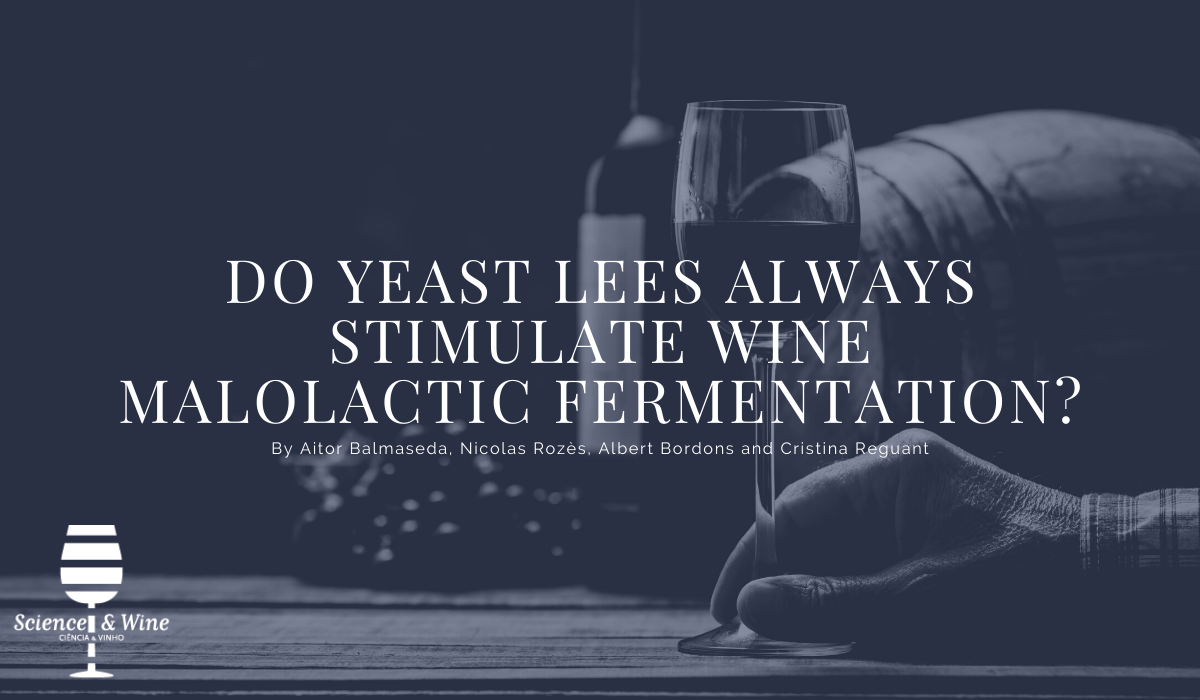
Do yeast lees always stimulate wine malolactic fermentation?
The use of non-Saccharomyces yeast together with S. cerevisiae in winemaking is a current trend. Apart from the organoleptic modulation of the wine, the composition of the resulting yeast lees is different and may thus impact malolactic fermentation (MLF). Yeasts of Saccharomyces cerevisiae, Torulaspora delbrueckii and Metschnikowia pulcherrima were inactivated and added to a synthetic wine. Three different strains of Oenococcus oeni were inoculated and MLF was monitored. This is the first study of MLF with different O. oeni strains in the presence of S. cerevisiae and non-Saccharomyces yeast lees to report a strain-specific interaction between them.
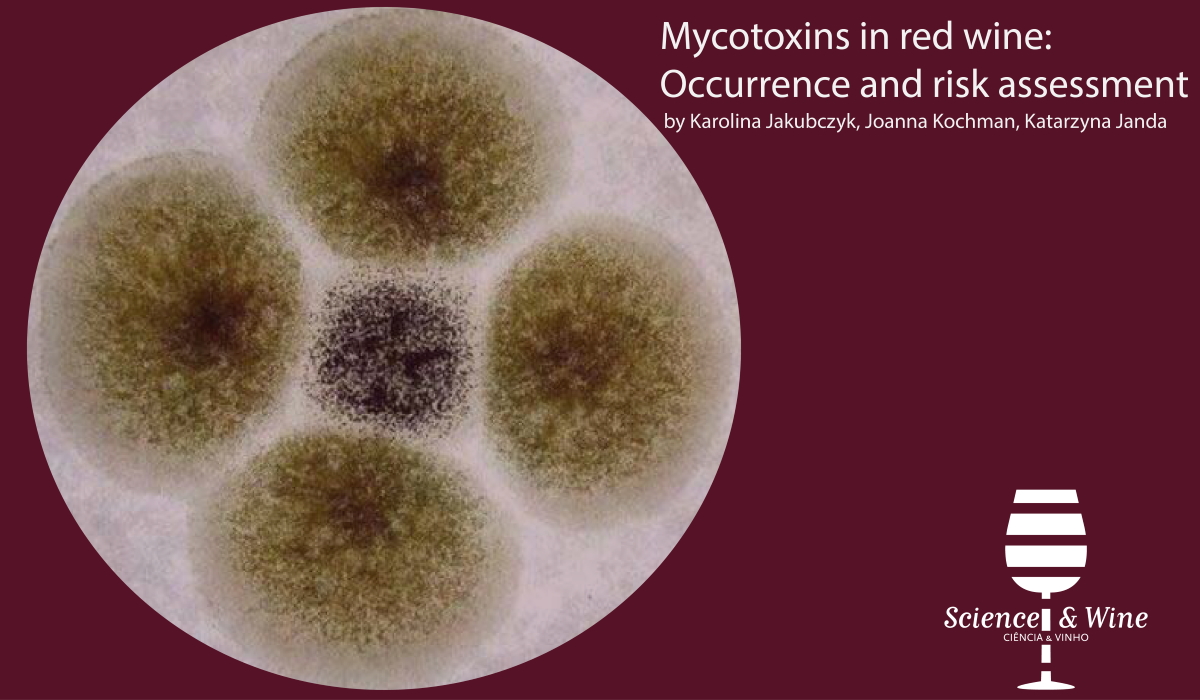
Mycotoxins in red wine: Occurrence and risk assessment
Mycological contamination of food products is a common problem in the food industry, associated with implications for consumer health. Red wine is regarded as an alcoholic beverage with health benefits, notably for the circulatory system. However, in spite of its health-promoting properties, it can also be a source of toxic substances. Wine is a documented source of ochratoxin A, which is one of the ubiquitous, highly toxic secondary metabolites produced by filamentous fungi. It is the only mycotoxin for which a regulatory maximum level in wine has been established. There are no legal regulations on the content of other mycotoxins in wine, as a product with an increased risk of mycological contamination, and so their levels are not monitored. The aim of this study was to determine the concentrations of ochratoxin A (OTA), deoxynivalenol (DON) as well as T-2 and HT-2 toxins in dry red wines.

What do you know about grapevine epigenetics? Results from Malbec, the star Argentinean variety
Clonal selection and vegetative propagation determine low genetic variability in grapevine cultivars, although it is common to observe diverse phenotypes. Environmental signals may induce epigenetic changes altering gene expression and phenotype. The range of phenotypes that a genotype expresses in different environments is known as phenotypic plasticity. DNA methylation is the most studied epigenetic mechanism, but only few works evaluated this novel source of variability in grapevines. In the present study, authors analyzed the effects on phenotypic traits and epigenome of three Vitis vinifera cv. Malbec clones cultivated in two contrasting vineyards of Mendoza, Argentina

